Your cart is currently empty!
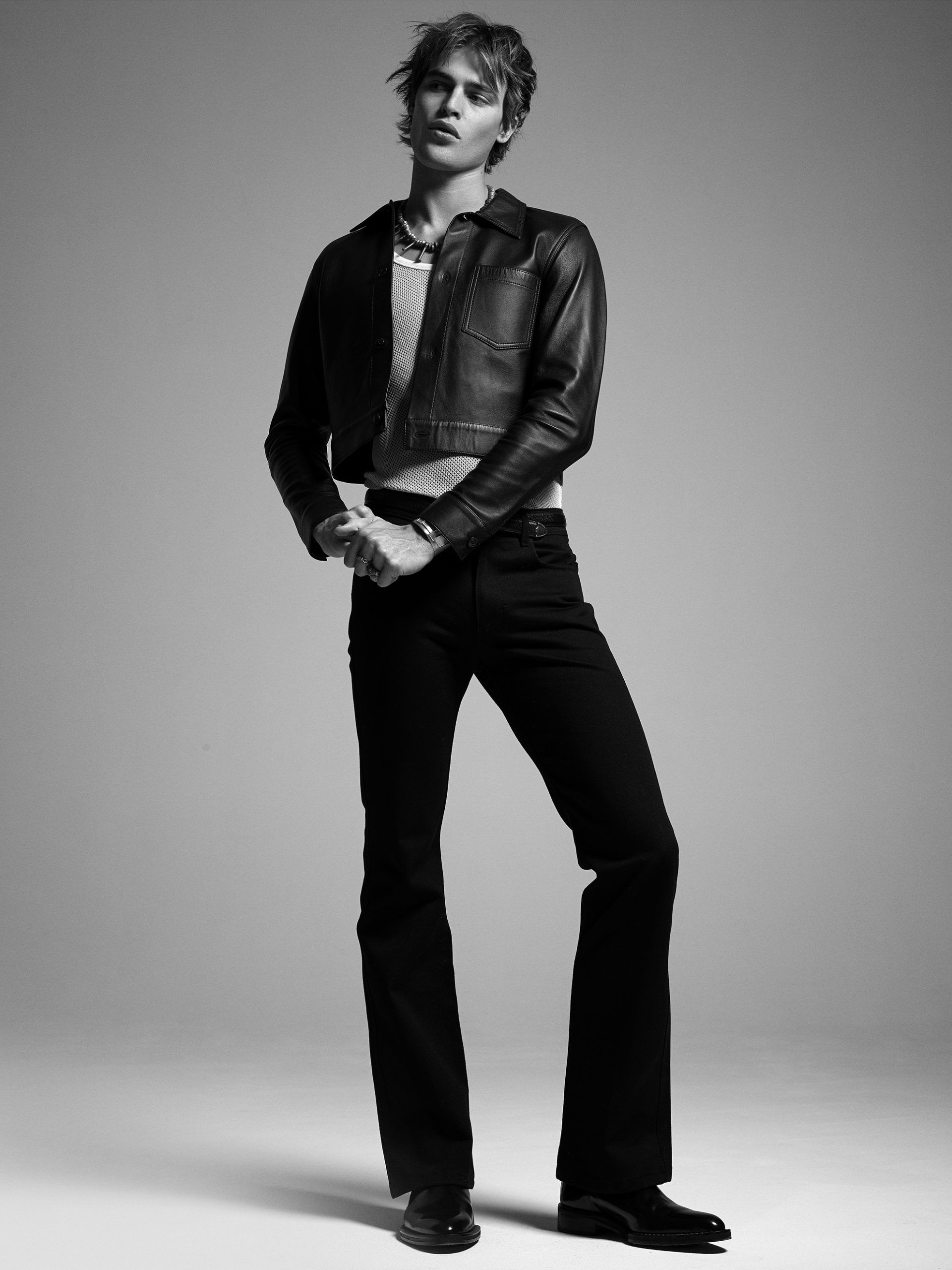
Men’s Fashion Models Evolution Style and Trends 2024 has evolved over the decades, becoming an industry that not only shapes global trends but also influences culture and personal expression. With the rise of male supermodels, high-fashion brands, and influencer culture, the role of fashion men is more prominent than ever. In this article, we’ll explore everything there is to know about men’s fashion models, from their role in the industry to the most iconic names and trends that shape today’s fashion world.
The Rise of Men’s Fashion Models
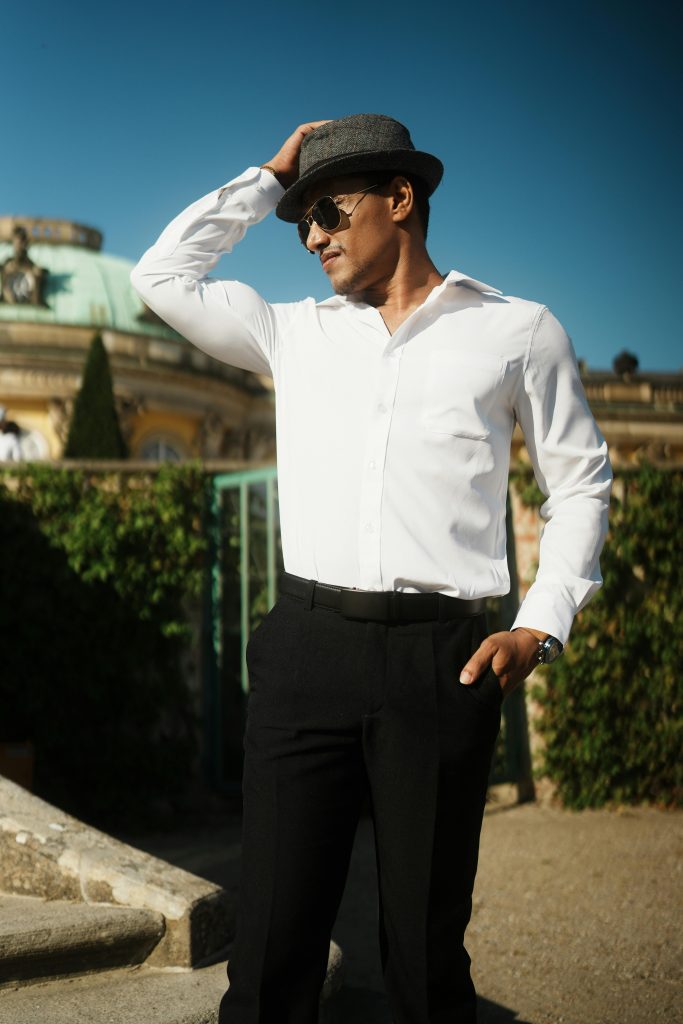
Historical Perspective: From the Shadows to the Spotlight
In the early years of the fashion industry, male models were largely overshadowed by their female counterparts. However, the late 20th century marked the beginning of a significant shift. Fashion houses like Armani, Ralph Lauren, and Calvin Klein began to champion male models, using them to personify the elegance, masculinity, and style of their brands.
Supermodels and the Global Stage Men’s Fashion Models
The 1990s saw the rise of the male supermodel. Names like David Gandy, Tyson Beckford, and Mark Vanderloo became household names, gracing the covers of high-profile magazines and representing prestigious fashion brands. These men became the face of luxury, power, and style, setting a new standard for what it means to be a fashion model.
Different Types of Men’s Fashion Models
High Fashion Models
High-fashion male models represent luxury brands and couture designers on runways and in editorials. They often work for top designers during Fashion Week events in cities like Paris, Milan, and New York. High-fashion models tend to have a distinctive look, often described as angular, striking, and artistic, fitting into the avant-garde style of the industry.
Commercial Men’s Fashion Models
Unlike high-fashion models, commercial male models are more relatable and cater to everyday products and services. Their looks are more accessible and typically align with mainstream beauty standards. You will find commercial male models in advertising campaigns, catalog work, and commercials, representing products ranging from clothing to lifestyle brands.
Fitness Models
Fitness models have become increasingly popular as athleisure and fitness culture dominate modern lifestyles. These men are toned, and muscular, and typically promote fitness gear, supplements, or activewear. With the rise of social media platforms like Instagram, many fitness models have built enormous followings, becoming influencers in their own right.
Influencers and Social Media Models
Today, social media plays a critical role in the fashion industry. Many men who may not be traditional runway models have found their niche online, thanks to platforms like Instagram and TikTok. These social media models often collaborate with fashion brands for sponsored posts, showcasing the latest trends in streetwear, luxury, and lifestyle fashion.
How Men’s Fashion Models Influence Trends
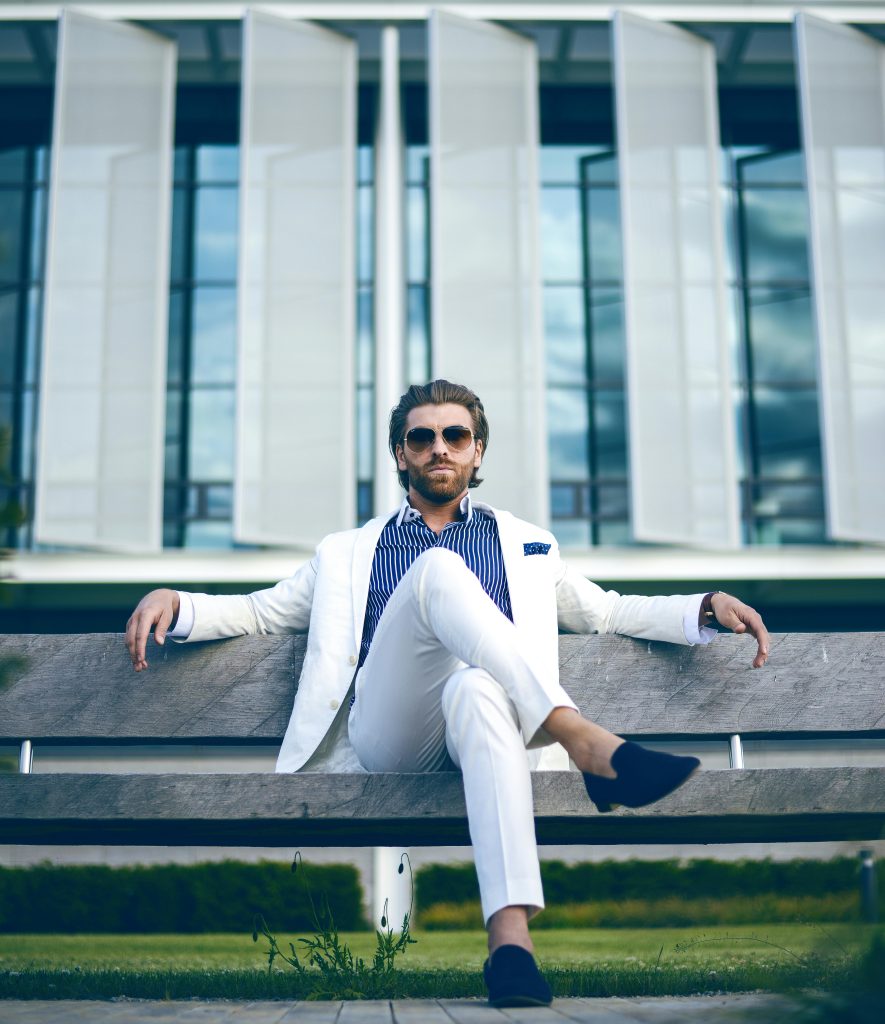
Runway Shows and Global Trends
The runway is where fashion trends are born. Male models are essential in showcasing how designs translate from concept to reality, wearing some of the most anticipated collections from top designers. Their presence in Fashion Week serves as a direct conduit between designers and consumers, influencing what men around the world will want to wear in the coming seasons.
Celebrity Endorsements and Brand Collaborations
Many male fashion models have also crossed over into acting or music, further blending their influence across multiple industries. A model’s collaboration with a brand can elevate its status almost overnight. For example, when David Beckham partnered with H&M or Cristiano Ronaldo launched his CR7 underwear line, it sent waves through the fashion world. These collaborations demonstrate how male models are now integral to branding and marketing strategies.
The Changing Standards of Beauty for Men
Diversity in Fashion
The modeling industry has increasingly embraced diversity, celebrating various body types, ethnicities, and ages. Fashion brands now seek models challenging traditional beauty norms, making the industry more inclusive. For instance, models like Adonis Bosso, who breaks the mold with his striking look, represent the growing movement toward representing a wider array of male beauty standards.
Plus-Size and Nontraditional Models
In recent years, the rise of plus-size male models like Zach Miko has begun to challenge the industry’s once-rigid beauty standards. More and more brands are now showcasing clothing for all body types, recognizing the market potential and the cultural need for representation of diverse male body shapes.
Men’s Fashion Model Icons of Today
David Gandy: The Face of Modern Luxury
David Gandy remains one of the most influential male models in the world, known for his collaborations with Dolce & Gabbana and his classic, tailored style. His rugged yet refined look has defined the modern concept of luxury in men’s fashion.
Lucky Blue Smith: The Model of the Digital Age
Lucky Blue Smith became a sensation thanks to his striking platinum-blond hair and boyish looks. With millions of followers on social media, he is the epitome of a modern male model, seamlessly transitioning between high-fashion runways and Instagram fame.
Alton Mason: Breaking Barriers
As the first Black male model to walk for Chanel, Alton Mason has shattered industry barriers. His distinct, edgy style and vibrant energy make him a standout on the runway, representing the new era of fashion that embraces diversity and individuality.
Future of Men’s Fashion Modeling
Sustainability and Ethical Fashion
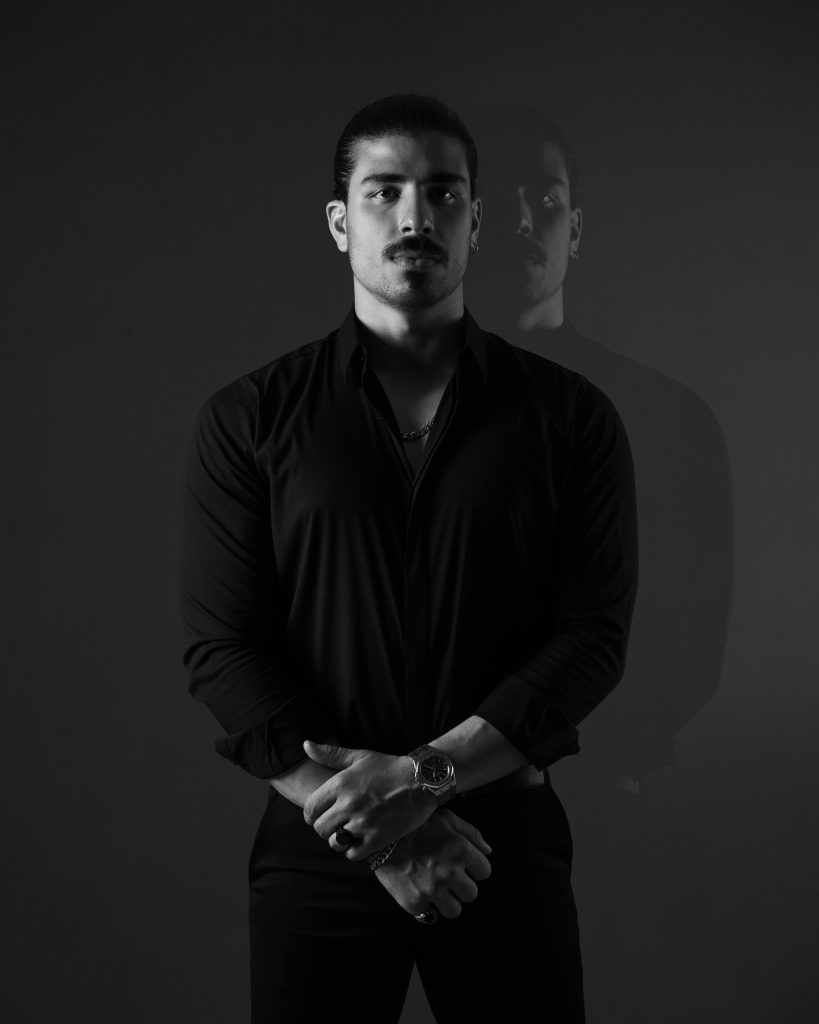
As the fashion world moves towards sustainability, men’s fashion models increasingly promote brands that prioritize ethical production practices. Consumers are becoming more aware of the impact of fashion on the environment, and models are at the forefront of this shift, representing brands that are transparent about their sustainable materials and ethical labor practices.
Digital Runways and Virtual Fashion
The future of fashion modeling is evolving with virtual runways and digital fashion shows becoming more common. The pandemic accelerated the rise of virtual influencers and digitally created models, further blurring the lines between traditional modeling and tech-driven marketing.
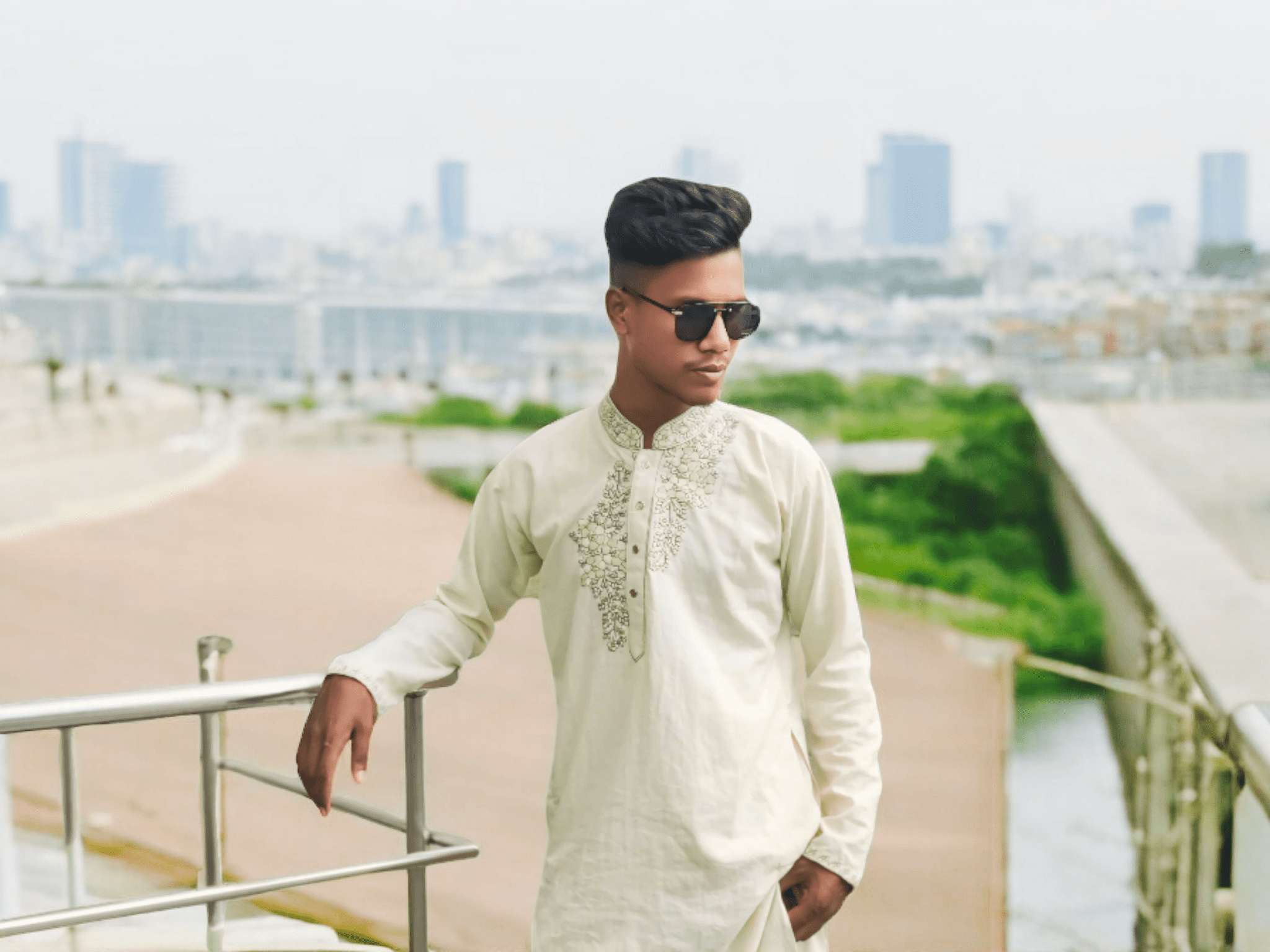
Assalamu Alaikum.. I am Mohammad Sojib I have been working in fashion for a long time I am in US and UK and I write about this topic in many places. I have been working and working on this topic for a long time
And I am a blogger I have been blogging about fashion for a long time in different places.
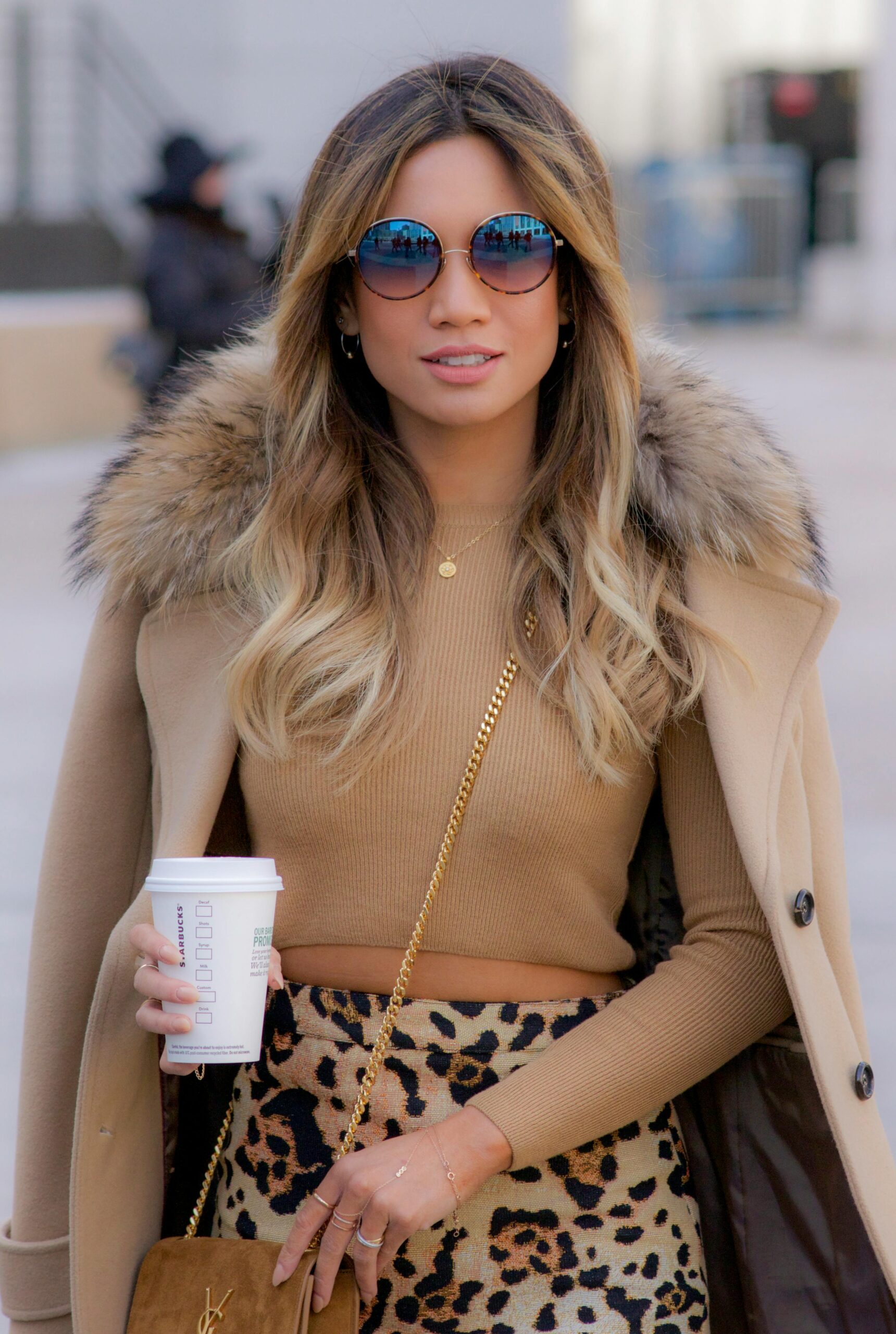
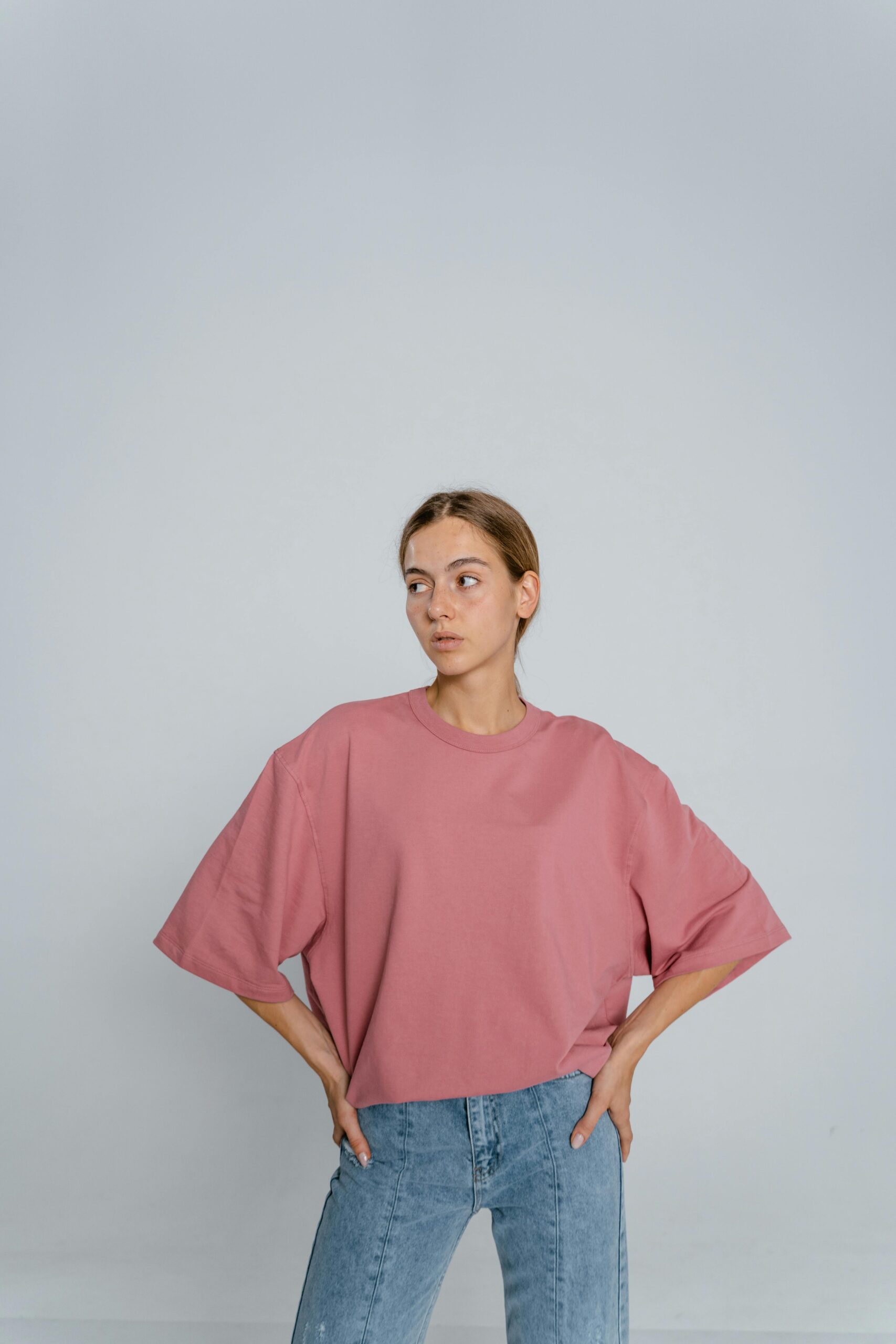
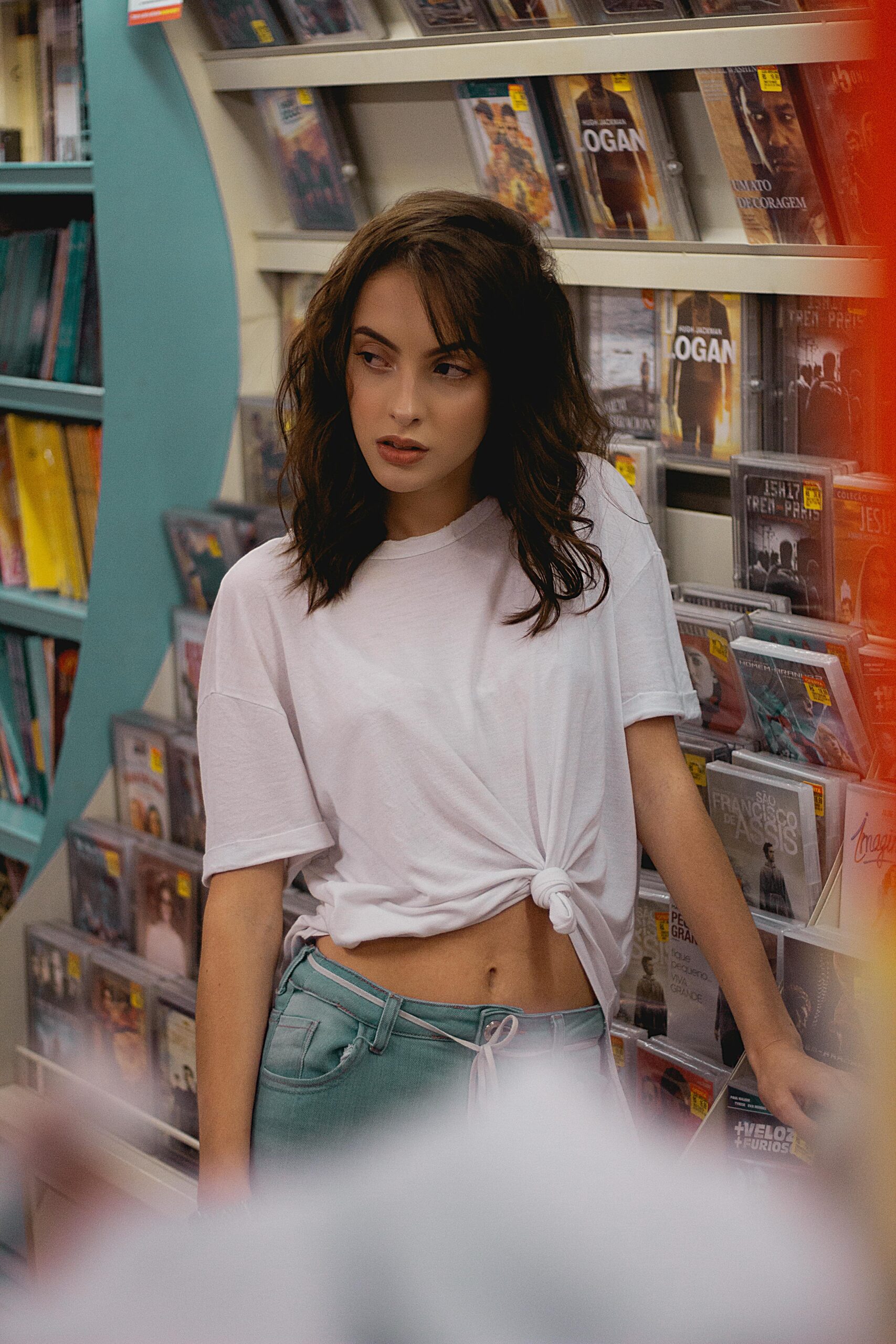




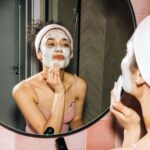
Leave a Reply